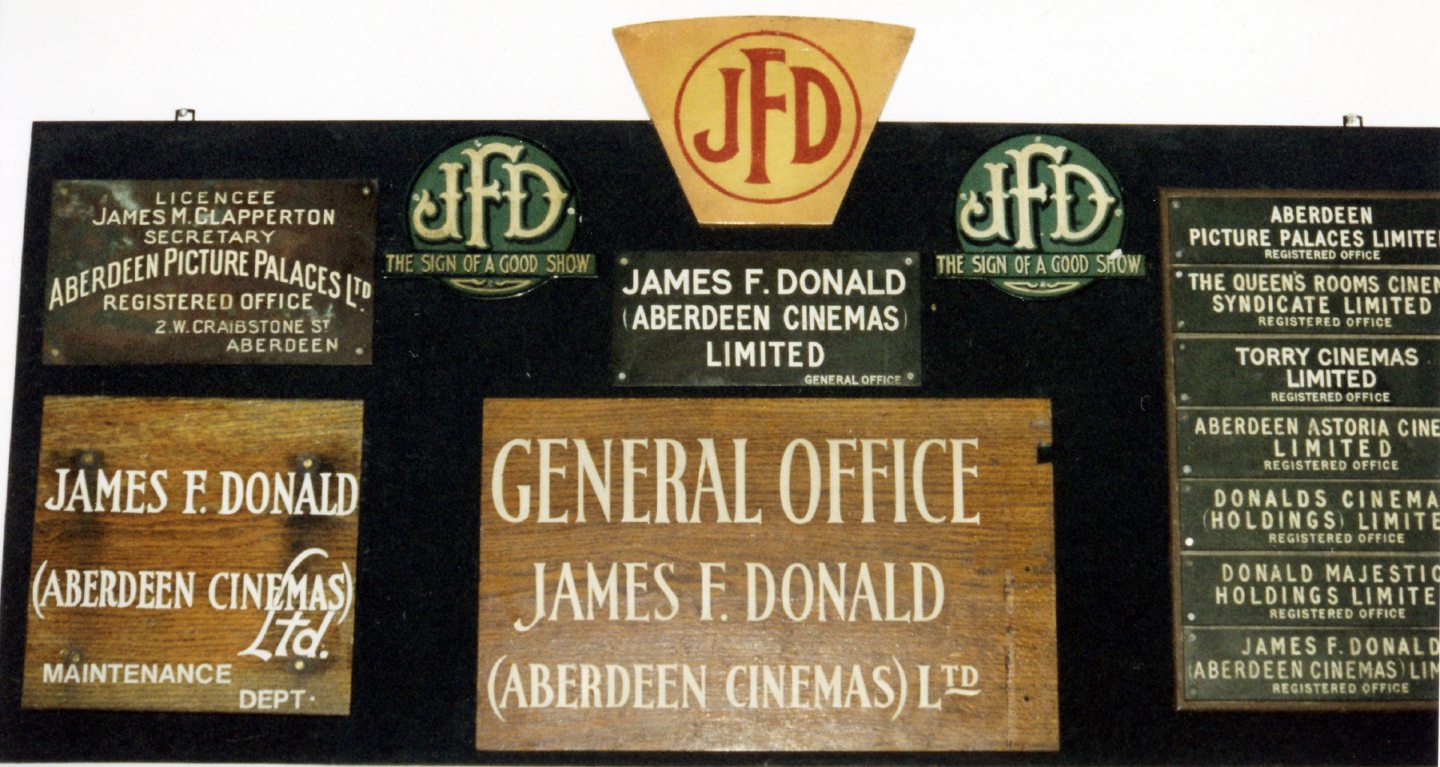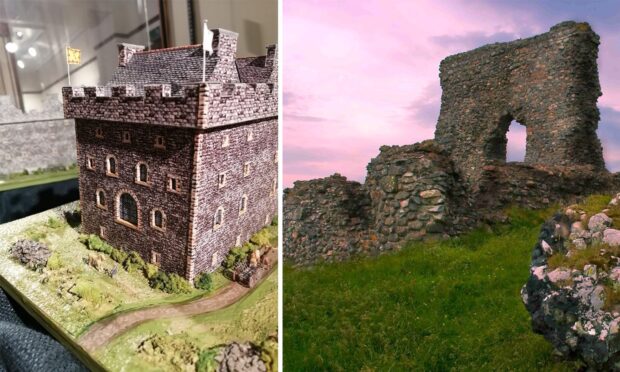An icon from Aberdeen’s golden age of cinema reached its final reel in April 1967 when the historic Astoria was reduced to rubble.
Stone by stone, and girder by girder, Aberdeen’s only suburban super cinema was pulled down to make way for a £150,000 shopping development.
In its day it was recognised as acoustically the best cinema in Scotland.
Had it survived the Astoria might by now have been declared a listed building.
All removable fittings and materials were salvaged from the Kittybrewster landmark including its Compton organ with its illuminated glass-sided console.
It would provide the soundtrack as the building was razed to the ground after becoming an early victim of the decline in motion-picture admissions.
Life and times
So let’s go back to the start of the 20th century.
Here we find Aberdonians caught up in a love affair with the movies.
The city got its first permanent cinema, the Gaiety, in 1908, which marked the beginning of a boom which would turn Aberdeen into the cinema capital of Britain.
Aberdeen eventually boasted one seat for every seven people and the Talkies at the end of the 1920s were the sensation of the silver screen.
When the avant-garde, Art Deco Astoria opened on a vast site called Central Park in Kittybrewster in 1934, it was a trailblazer for cinema design in Scotland.
The cinema was another from the vision of architect T Scott Sutherland and was built for a group of local businessmen who traded as Aberdeen Astoria Cinema Ltd.
Kittybrewster cinemagoers could see Britain’s and Hollywood’s biggest names.
Everything for the luxurious Astoria, except the organ sound equipment, was built or handmade in Aberdeen to the tune of £3 million in today’s money.
Around 30 tonnes of castings were needed to make 2,060 tipping chairs for the main auditorium, and it took 102 local men and women five months to upholster them.
The whole frontage was electrifying – illuminated day and night in blue, yellow, green and orange neon lighting which continued under the canopy and into the foyer.
The colour scheme was light pink, ivory and brown to complement walnut wall panelling and two miles of green and brown plush, patterned carpet covered the floors.
The jewel in the crown was the huge proscenium – the archway framing the stage – which was dressed with opulent green curtains and silver screen made of satin.
The sound-recording system was the first of its kind to be installed in Scotland with high-fidelity horns and an RCA super-simplex projector.
It also became known nationwide through the regular radio broadcasts of its Compton theatre organ by Bobby Pagan between 1939 and 1946 and its last resident organist George Blackmore from 1950 to 1957.
The organ was the first in Scotland to be illuminated.
Opening ceremony
The honour of opening the Astoria in December 1934 was bestowed to 72-year-old Robert Gibb of nearby Cattofield Terrace who was well-known locally.
The local pensioner had taken such an interest in the construction of the Astoria that he had visited the building site daily – including Sundays – since work began.
The first film shown was ‘I Give my Love’, starring Paul Lukas, with the Astoria’s Harold Titherington accompanying on the organ.
Those who played the organ had not only to be masters of a most difficult and demanding instrument, but they had also to be entertainers, song-writers and public personalities.
However, lack of film-booking power forced its owners to seek a link with a larger concern and in 1936 a majority interest was sold to James F. Donald (Aberdeen Cinemas) Ltd, who thereby gained their first modern super cinema and took a major step towards their eventual pre-eminence in the city’s entertainment circles.
For a time the Astoria was managed by Dick Donald when he was not playing for Aberdeen FC!

The Astoria escaped a near-miss during the Aberdeen Blitz when a 500-kg explosive detonated just west of Kittybrewster Station on the other side of Great Western Road.
The brief boom of cinema in Aberdeen was brought to a shuddering halt by the rise of television and the silver screens suffered widespread closures.
The cinema’s last film was Harper, with Paul Newman and Lauren Bacall, which was shown in August 1966 before the venue reopened as a bingo hall.
Their attempts to save the cinema failed.
At the end of the year the Donald’s sold the site for redevelopment and demolition work started in April 1967 to make way for a shopping precinct.
Final performance
Michael Thomson, author of Silver Screen in the Silver City, was given permission to try the organ and played to an audience of workmen who were dismantling the building.
The instrument was saved for reinstallation.
The organ was offered for sale to nearby Powis Academy and music master Robert Leys, along with 10 senior pupils, dismantled and removed the instrument.
The youngsters restored the organ to working order where it carried on providing music for school assemblies and events for 14 years.
The irreplaceable organ was tragically destroyed when a former pupil with a grievance set fire to Powis Academy in November 1982.
It was a sad closing chapter in the history of the Astoria.
More like this:
End of the reel: The long-lost Victoria Cinema in Inverurie
Remembering the closure of Aberdeen’s Grand Central and Queen’s cinemas















